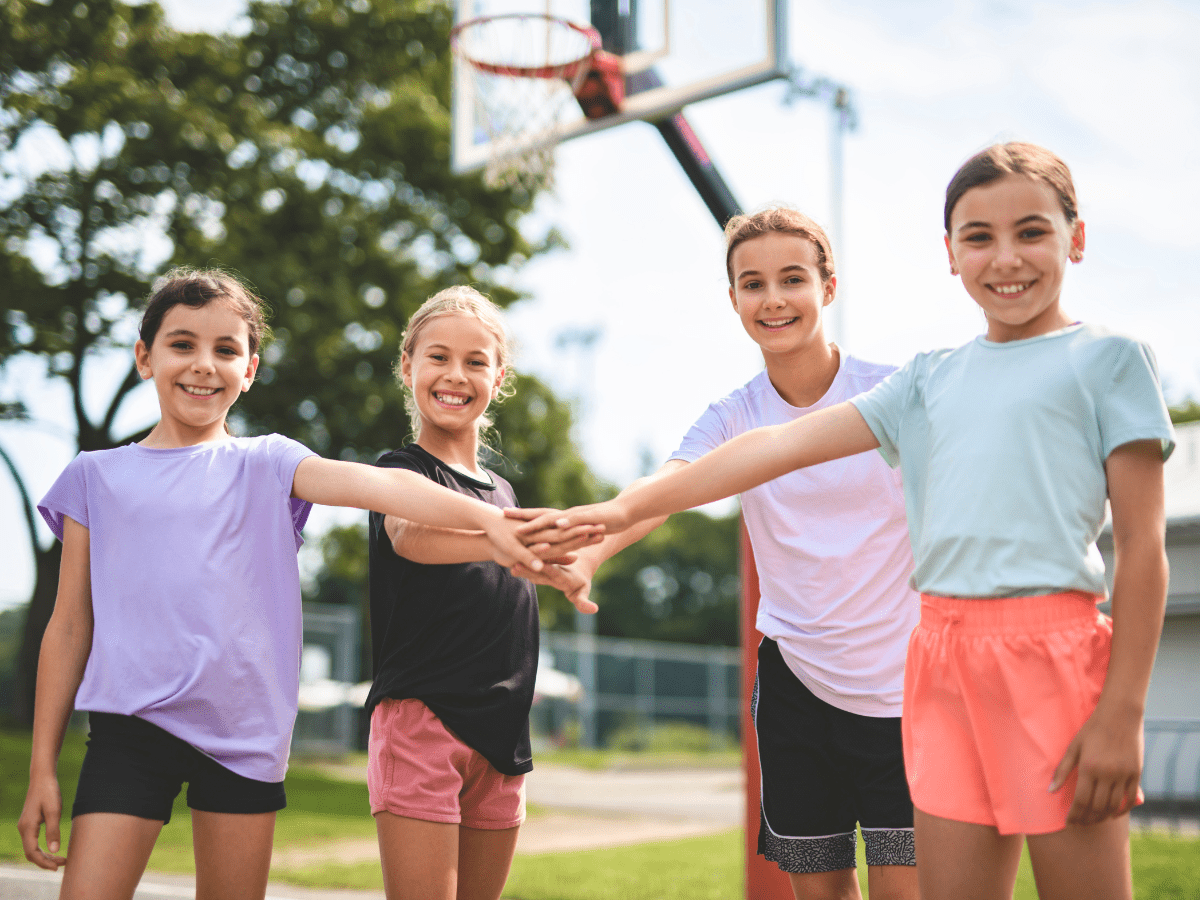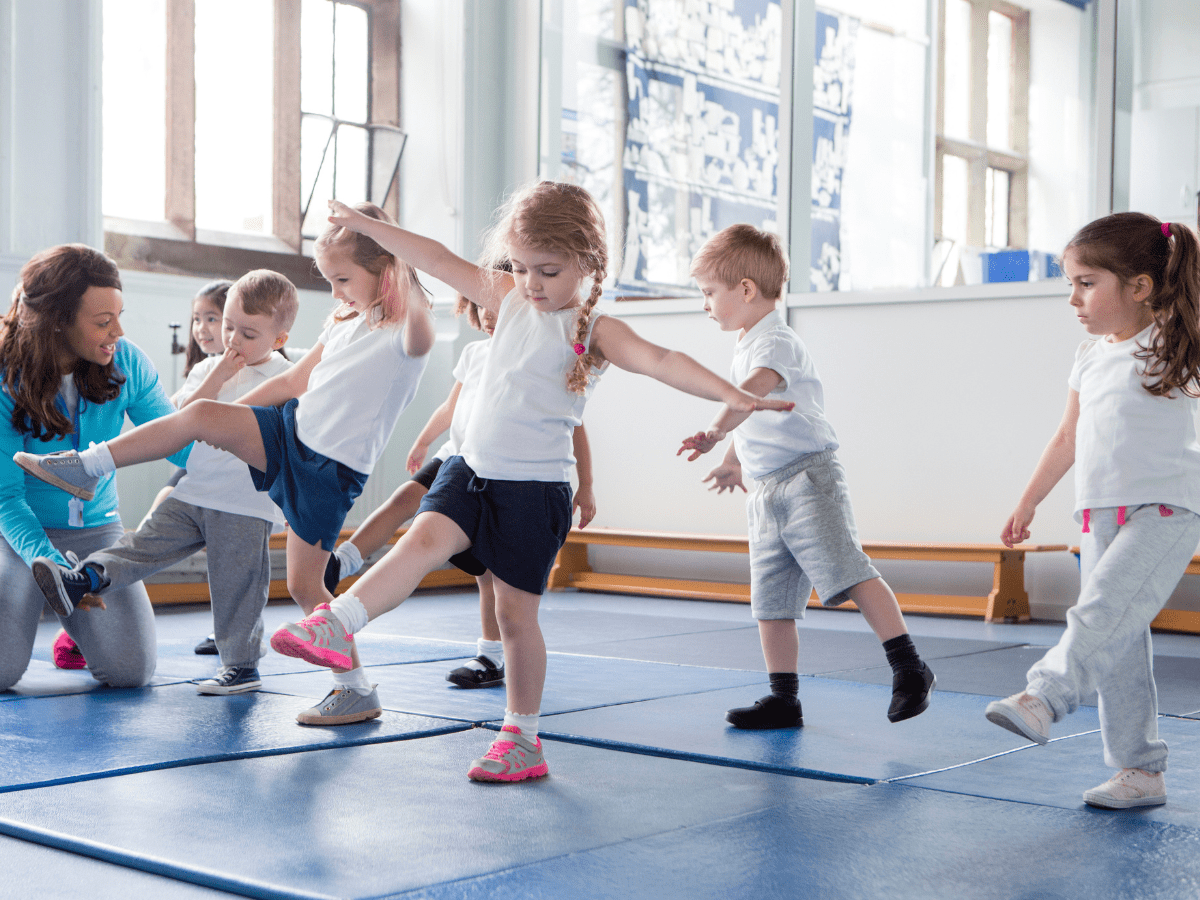
For over a decade now, Canadian children and youth have received an overall physical activity grade of ‘D’ or worse according to the ParticipACTION Report Card on Physical Activity (ParticipACTION, 2022). Only 28% of children and youth currently meet the Canadian Physical Activity guidelines of at least 60 minutes of moderate-to-vigorous physical activity per day (CSEP, 2012). While the pandemic exacerbated this issue (Wall & Colley, 2021), the previous 10 years indicate that people have stopped moving.
Daily physical activity promotes various health benefits and the development of motor skills, psychosocial health (for example, self-esteem), physical fitness, and bone health (Janssen et coll., 2010). Schools are an opportune setting to nurture daily activity.
In this blog, I overview the role that schools can play in creating opportunities for daily activity, as well as some of the factors that influence physical activity and sedentary behaviours.
The role of schools

It has been reported through school-based research that physical activity levels sharply decline starting as early as grade 2 (Crane et coll., 2015). The decline coincides with increased structure and time demands, leaving less time for physical activity (Sigmund et coll., 2009; Taylor et coll., 2013).
What can be done
As it relates to the importance of daily physical activity, the following should be considered:
- Active transportation
While not accessible for all, many live in areas that afford the opportunity to actively commute to school. Whether commuting with a child or children commuting on their own, this is an opportunity for quality daily physical activity. Further, this form of transportation also creates opportunities for social interaction, creative games or play and promotes mental health through exposure to the outdoors. Furthermore, it can be an opportunity to connect with other families through shared responsibility, as well as help to reduce traffic and air pollution (ParticipACTION, 2022).
- Physical education class
The goal of physical education is to develop physical literacy through exposure to a variety of games, sports and activities to help students gain and appreciate physical activity. However, with an emphasis on performance combined with a lack of perceived ability has led to the “forgot my gym clothes” movement and overall negative attitude toward physical education (Gibbons, 2008). There is hope however, as experts in the field are teaching and training educators with a holistic approach aimed engage students in a variety of activities that support all individuals’ quest to become engaged in activity for life.
Another factor relates to the use of trained physical education specialists to provide physical education classes, rather than using a generalist educator. It has been reported that specialists are more impactful (Breslin et coll., 2012) and provide higher quality of instruction (Faulker et coll., 2008) than generalists. However, most of Canada still uses generalist teachers to teach physical education at the elementary level, which should be considered as it relates to physical activity engagement and overall child development.
- The importance of quality daily physical activity
Prioritizing daily physical activity in addition to physical education classes can occur by incorporating movement-based learning activities, or taking regular active movement breaks every 30-60 minutes (ParticipACTION, 2022).
Factors contributing to physical activity engagement
The impact and need for daily physical activity can be understood from a developmental perspective. Specifically, between the ages of 3-7 years is a critical period of development for motor skills, one of two important factors linked to long-term physical activity and sport engagement.
During childhood, 2 important factors are related to physical activity engagement.
- Fundamental motor skill competence
Motor skill competence in the simplest terms is how good one is at various motor skills such as running, throwing, or kicking. There is a reciprocal relationship that exists between physical activity and motor skill competence (Crane et coll., 2015; Stodden et coll., 2008). For example, physical activity stimulates neuromotor activity, which helps to strengthen one’s motor skill repertoire (running or kicking). In turn, motor skill proficiency allows greater exposure to, and opportunities for, physical activity and sport (Adolph & Avolio, 2000; Berger & Adolph, 2007).
- Perceived physical competence
Perceived physical competence refers to how good we think we are in various motor skills. If you have spent any time around young children, you may notice that they generally believe they can do anything and are great at everything. This is because effort equates to excellence in the early years. This inability to differentiate between perceived and actual motor competence is related to feedback from significant others (such as parents and guardians) and the inability to compare personal performances with their peers (Harter, 2012). For example, if 2 children run a race, regardless of the outcome they will still believe they are fast if they tried hard. These inflated perceptions will help children to continue to engage in physical activities because they believe they are good at them, which leads to continued development of motor skills (Harter, 2012; Horn, 2004; Stodden et coll., 2008).
However, from about age 7, our ability to compare previous performances and against our peers, coupled with greater exposure to more diverse social environments (including feedback from teachers, peers, and test scores), leads to more accurate perceptions of competence (Field et coll., 2020; Kipp & Weiss, 2013). This means we must prioritize setting children up with a strong foundation and exposure to diverse physical activity and sport prior to this age.
Final thoughts
Technological advances have provided opportunity to discover answers to almost any question in a matter of seconds. However, it cannot teach children and youth how to move, play, and explore their own physical space. Until we start to remove these barriers and make real changes to our environment, we are depriving children and youth opportunities for lifelong health, which is far worse than a failing grade in another subject.